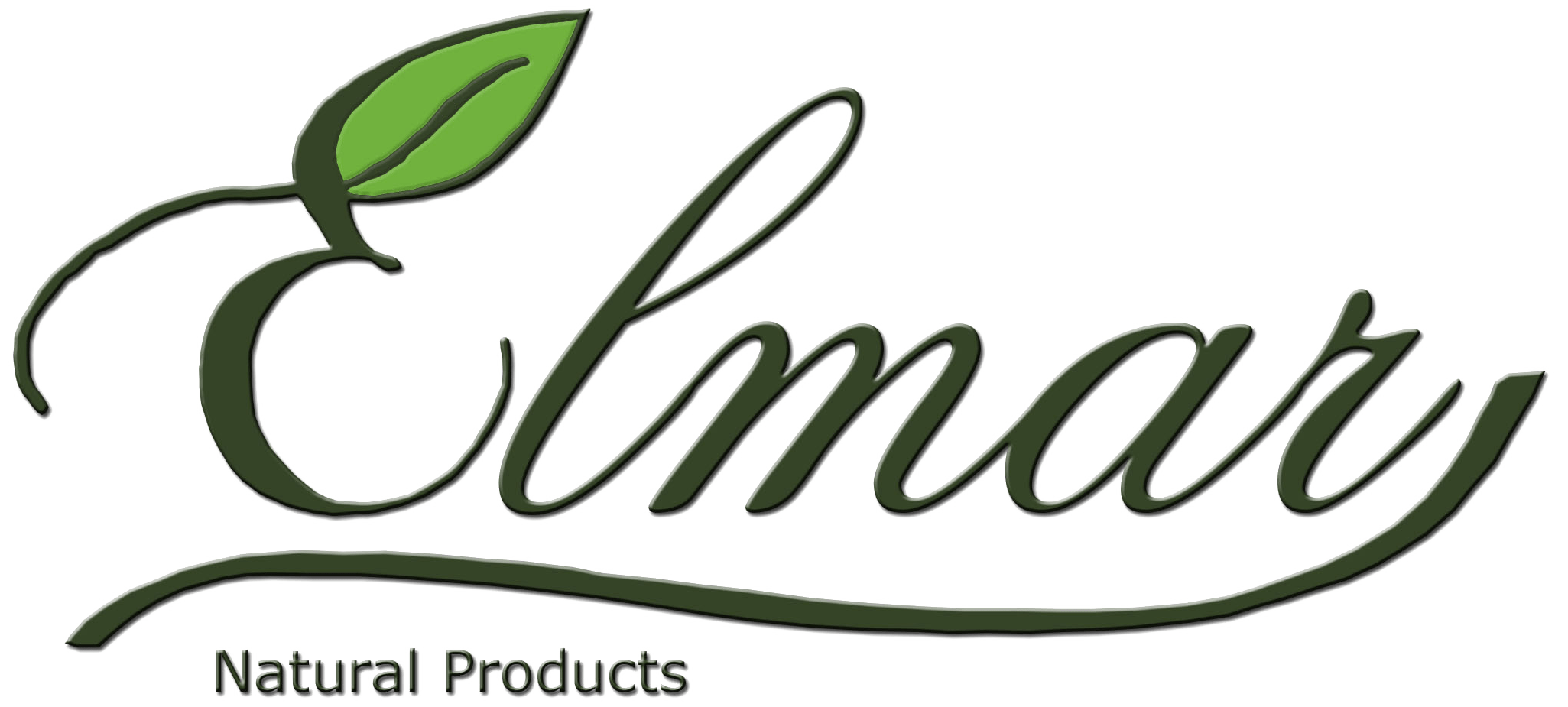According to the General Department of Forestry, cinnamon is one of the important spices, bringing a large export value (274 million USD in 2021). Vietnam’s cinnamon products are consumed mainly in India, the US, and South Korea, but for many years, cinnamon has not received adequate investment.
CINNAMON – A VIETNAMESE SPICE FAVORED BY INDIA, THE US, AND KOREA
At the Sustainable Vietnamese Cinnamon Development Workshop organized by the General Department of Forestry in collaboration with IDH and CRED on November 4, Mr. Nguyen Van Dien – Director of the Forestry Production Development Department said: The total area of cinnamon in Vietnam is currently about 170,000 ha, concentrated in Lao Cai, Yen Bai, and Quang Nam provinces.
The stock of Vietnam’s cinnamon bark is estimated at 900,000 – 1.2 million tons/year and the average harvest is 70,000 – 80,000 tons/year. Processors of cinnamon bark often buy directly from collectors then pre-process (Sorting, peeling, and drying) and perform fined-process (cutting and grinding, removing metals and residues, packaging).

Some cinnamon products of Van Yen district, Yen Bai province.
Notably, the export value of star anise and cinnamon products in Vietnam increased continuously, reaching 245.4 million USD in 2020; 274 million USD in 2021, and 276 million USD in 2022. In particular, the largest markets for Vietnam’s cinnamon products are India (90.7 million USD), the US (54.2 million USD), and South Korea (6.2 million USD).
Mr. Dien said that Vietnam’s cinnamon industry has many advantages when the number of high-end markets such as the US, Korea, and Europe is increasing; free trade agreements, especially the CPTPP and VPA/FLEGT agreements allow cutting or eliminating import and export taxes on wood and wood products.
However, at present, Vietnam’s cinnamon industry is still “self-moved”: Currently, we do not have a national sustainable cinnamon development strategy. There is no forum for cooperation; lack of technology and investment in deep processing to improve product value. The technical capacity of agro-forestry extension has not met the practical requirements.
In addition, the links between processing and exporting enterprises and cinnamon growers have not developed. Mr. Dien pointed out: “If we do not have a basic and sustainable development plan, there will be challenges of unsustainable development. Now, the cinnamon area is increasing very quickly. In some places, people grow it spontaneously, exceeding the plan. It is worth mentioning that if cinnamon is grown in a polluted environment, it is at risk of containing high levels of heavy metals. The situation of heavy metals in spices has been alarming in many countries. “

Delegates attended the Vietnam Cinnamon Sustainable Development 2022 Workshop.
Currently, some cinnamon exporters have complied with the importers’ requirements, but cinnamon products are still at risk of being contaminated with heavy metals from growing areas. Therefore, Mr. Dien emphasized the need for strong cooperation between the public and private to promote the sustainable development of the cinnamon industry in the future.
Speaking at the workshop, Mr. Huynh Tien Dung – General Director of the National Sustainable Trade Initiative (IDH) pointed out that the production of cinnamon in recent years has increased rapidly due to mass cultivation, causing many potential risks in terms of quality and market. Other industries often have intergovernmental organizations to coordinate production and trade, such as pepper, but cinnamon and star anise do not. We also do not have a national strategic document on cinnamon.
“The lack of a national strategic orientation and a coordination mechanism between public and private in localities have caused a lack of connection. Besides, we are also lacking a constantly updated set of documents to meet the new requirements of the international market, especially changes in heavy metal residues ” Mr. Dung said.
According to Mr. Dung, he has worked for NGOs for decades but has not seen any national workshops on cinnamon.
In the key cinnamon-growing provinces, it is more focused on area expansion than quality, processing, and market. The products are mainly raw, only a small amount of cinnamon is exported to Europe and the US accounting for less than 10% of production./.
